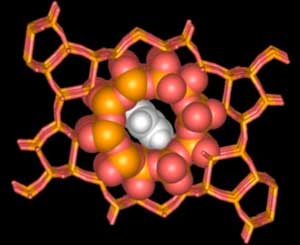 Scientists used systematic analyses and Raman spectroscopy, plus quantum mechanical modeling, to discover new nano-scale building blocks they call 'tricyclic bridges', to help explain zeolites' porous structures and their dynamical behaviors.
Scientists used systematic analyses and Raman spectroscopy, plus quantum mechanical modeling, to discover new nano-scale building blocks they call 'tricyclic bridges', to help explain zeolites' porous structures and their dynamical behaviors.
Thursday, January 9, 2020
Researchers discover new building blocks of catalyst zeolite nanopores
 Scientists used systematic analyses and Raman spectroscopy, plus quantum mechanical modeling, to discover new nano-scale building blocks they call 'tricyclic bridges', to help explain zeolites' porous structures and their dynamical behaviors.
Scientists used systematic analyses and Raman spectroscopy, plus quantum mechanical modeling, to discover new nano-scale building blocks they call 'tricyclic bridges', to help explain zeolites' porous structures and their dynamical behaviors.
Growing strained crystals could improve performance of perovskite electronics
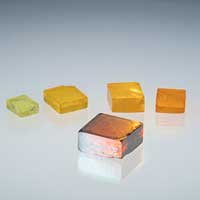 By growing thin perovskite films on substrates with different compositions, engineers have invented a way of fabricating perovskite single crystals with precisely deformed, or strained, structures.
By growing thin perovskite films on substrates with different compositions, engineers have invented a way of fabricating perovskite single crystals with precisely deformed, or strained, structures.
Molecular factories: The combination between nature and chemistry is functional
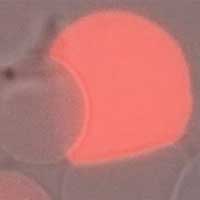 Researchers have succeeded in developing molecular factories that mimic nature. To achieve this they loaded artificial organelles inside micrometer-sized natural blisters (vesicles) produced by cells.
Researchers have succeeded in developing molecular factories that mimic nature. To achieve this they loaded artificial organelles inside micrometer-sized natural blisters (vesicles) produced by cells.
New kind of bandage helps stop bleeding without adhering to the wound
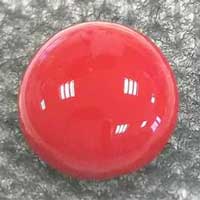 Researchers have developed a new kind of bandage that helps blood to clot and doesn't stick to the wound. This marks the first time that scientists have combined both properties in one material.
Researchers have developed a new kind of bandage that helps blood to clot and doesn't stick to the wound. This marks the first time that scientists have combined both properties in one material.
Illuminating the world of nanoparticles
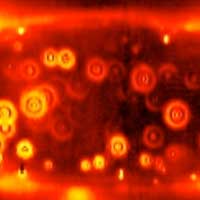 Scientists have developed a light-based device that can act as a biosensor, detecting biological substances in materials; for example, harmful pathogens in food samples.
Scientists have developed a light-based device that can act as a biosensor, detecting biological substances in materials; for example, harmful pathogens in food samples.
A new method to study lithium dendrites could lead to better, safer batteries
 Lithium ion batteries often grow needle-like structures between electrodes that can short out the batteries and sometimes cause fires. Now, an international team of researchers has found a way to grow and observe these structures to understand ways to stop or prevent their appearance.
Lithium ion batteries often grow needle-like structures between electrodes that can short out the batteries and sometimes cause fires. Now, an international team of researchers has found a way to grow and observe these structures to understand ways to stop or prevent their appearance.
Subscribe to:
Comments (Atom)
